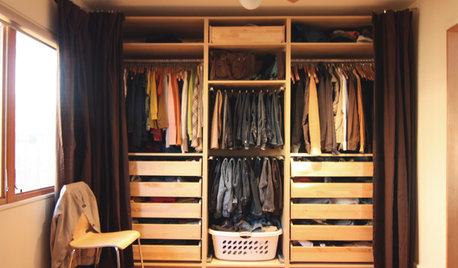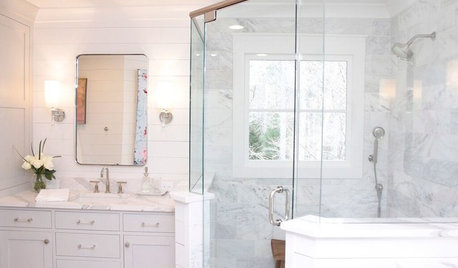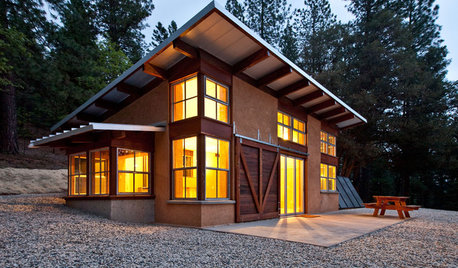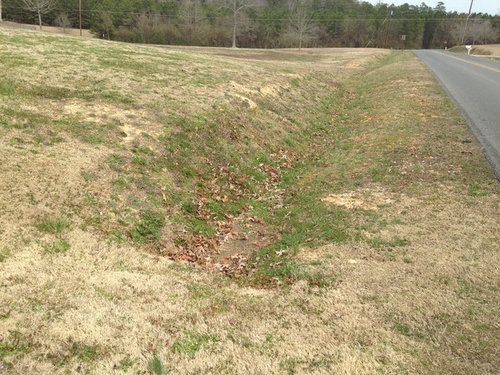Ideas for ditch
jddawg37
11 years ago
Related Stories

LANDSCAPE DESIGNDitch the Ordinary Ditch: Create a Realistic Dry Creek Bed
Here’s how to turn your water runoff system into an eye-catching accent for your landscape
Full Story
INSPIRING GARDENSInside Houzz: A Waterfront Property Ditches the Grass for a Garden
New drought-tolerant plantings and outdoor gathering spaces help this California backyard take in the view without wasting space or water
Full Story
DECORATING GUIDESDitch the Rules but Keep Some Tools
Be fearless, but follow some basic decorating strategies to achieve the best results
Full Story
WINDOWSHow to Ditch the Drapes and Let Your Windows Shine
If your home has beautiful windows and you don’t need to hide a view, consider dressing them in these elegant, creative ways
Full Story
MORE ROOMSDitch a Door to Open a Space
Say goodbye to an interior door or two and welcome better traffic flow and more accessible storage in your rooms
Full Story
LIVING ROOMSNew This Week: 3 Living Rooms That Ditch the Tech for Family
Quiet and serene, these spaces invite family and friends to congregate
Full Story
ROOM OF THE DAYRoom of the Day: Ditching the Tub for a Spacious Shower
A Georgia designer transforms her master bathroom to create a more efficient and stylish space for 2
Full Story
KIDS’ SPACESHow to Ditch the Pink in a Child’s Bedroom
Avoid a Pepto-Bismol pandemic with these 6 smart ways to bring more vibrant color and pattern to a kids’ bedroom
Full Story
FEEL-GOOD HOME10 Reasons to Ditch Perfectionism at Home
Scrap the orderly and the pristine and watch how vibrant and spirited your home can become
Full Story
HOUZZ TOURSHouzz Tour: California Cabin Ditches the Power Grid
Solar energy powers a modern, expandable vacation house among the trees for a family with two children
Full Story










Yardvaark
woodyoak zone 5 southern Ont., Canada
Related Professionals
Arlington Landscape Contractors · Corona Landscape Contractors · Wallingford Landscape Contractors · Quartz Hill Landscape Contractors · Vadnais Heights Landscape Contractors · Cincinnati Decks, Patios & Outdoor Enclosures · Dedham Decks, Patios & Outdoor Enclosures · Grandview Decks, Patios & Outdoor Enclosures · Green Bay Decks, Patios & Outdoor Enclosures · Hyattsville Decks, Patios & Outdoor Enclosures · Little Rock Decks, Patios & Outdoor Enclosures · Riverside Decks, Patios & Outdoor Enclosures · Rocklin Decks, Patios & Outdoor Enclosures · South Miami Heights Decks, Patios & Outdoor Enclosures · Surfside Decks, Patios & Outdoor Enclosurespls8xx